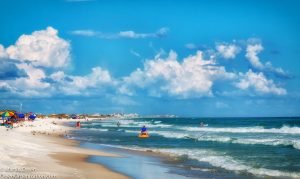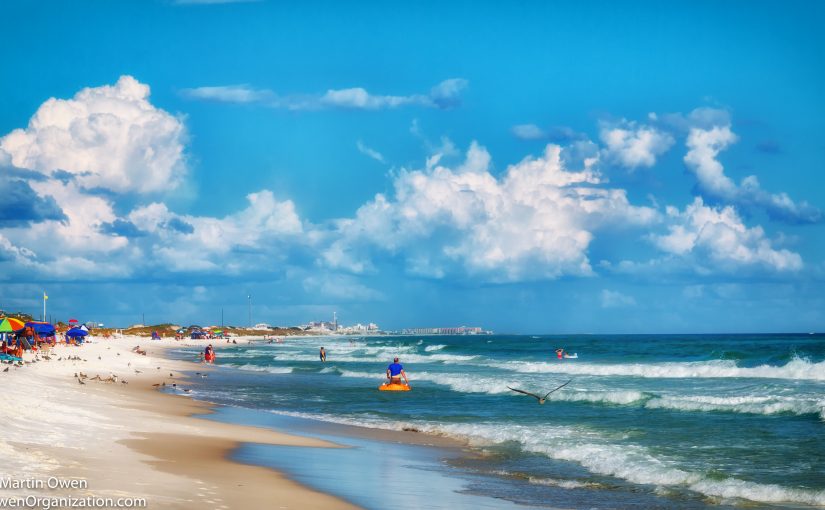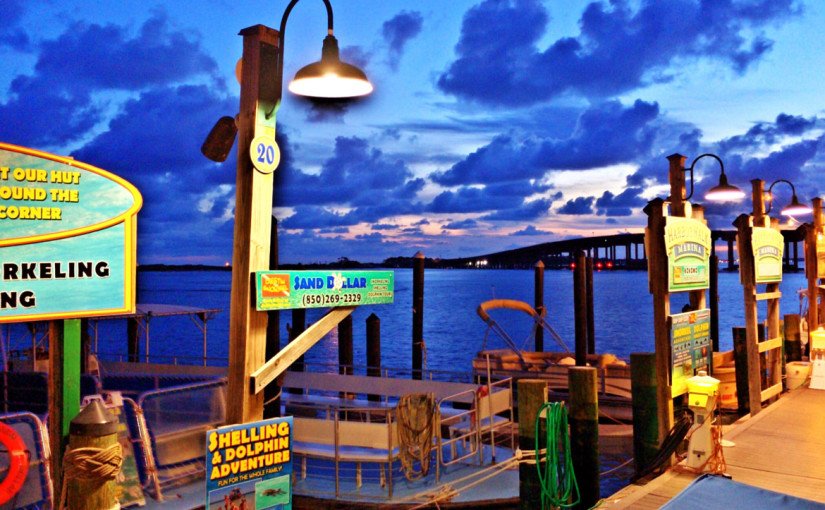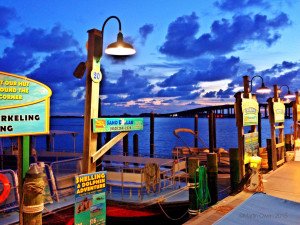Conspiracy theory?

I received a comment recently from a visitor who was asking if there was a ‘coalition of local Hotel/Motels that controlled prices during the summer season’. The gentleman thought that as rates were as low as $120 in the winter season and as high as $600 in the summer it must be a plot to rip off tourists. His suggestion was that such summer prices were beyond the resources of less affluent travelers and that such rates would discourage visitors from out of state.
Naturally I told him that such collusion was illegal and was very much discouraged within the industry. The Florida Restaurant & Lodging Association actually read out an anti-collusion statement before each meeting just to make sure that everyone is aware.
Not only that but to actively jointly raise prices would take away the element of competition that drives the tourism industry. I’m not saying such practices haven’t happened, but it doesn’t seem logical.
In fact I think there is a case here in Northwest Florida, and in other very seasonal destinations, where the low rates of winter are actually subsidized by the higher summer rates. Accommodation providers suffer from a difficulty in employing enough staff for the summer peaks. They don’t want to loose good year round employees by laying them off during the winter so in many cases use the profits generated in the summer to keep everything running during the winter. I think that applies to many restaurants too.
Basic economics would indicate that the law of supply and demand is working well. Winter rates are low to encourage whatever business can be attracted. Summer rates are high because there is a finite amount of stock and a limited amount of time when the majority of tourists can be here – essentially Memorial Day to Labor Day, although with schools breaking later and returning earlier that window is getting shorter.
Ideally our tourist season would be spread out allowing for a greater spread of rates. That would also encourage year round employment and less of a scramble for high season staffing.
All of us in the industry know this. If there is any collusion it’s to try and encourage tourists during the periods outside of the peak summer months. Various attempts have been made to rename this as ‘the best season’. That’s fine as a customer facing branding exercise but within the industry we must call the seasons what they are: low, shoulder, peak and (July 4th week) Super Peak.
Of course by attracting tourists in April, May, September and October we’re in danger of alienating our locals who consider these periods of perfect weather and low traffic as ‘their own’ and reward for putting up with gridlock traffic and no restaurant space in June, July and August. Not to mention Spring Break – so I won’t mention it.
A similar situation exists in Europe where school holidays (vacations) govern package holiday and flight prices. Another case of supply and demand. Airlines and tour companies have been accused of artificially raising prices during the vacations making travel for families beyond affordable. Some parents in the UK have been taking their kids out of school in term time to get lower prices. They are fined by the schools, but just factor the cost of the fines into their vacation costs.
The solution? Many little things I fear, each of which would have a small result but the culmination would be sizable.
- Encourage the school systems to stagger their break periods. Some do this, but not enough.
- Work with school systems to stop shortening summer breaks.
- Go after markets that have different school vacation periods – Canada and Europe for example. UK Schools don’t break until July and don’t go back until September. They also have longer ‘half-term’ breaks in October and November and around Easter. Our weather in those times is perfect for the Northern Europeans.
- Expand our marketing to those sectors that aren’t governed by school timetables. Millennials, younger boomers, empty nesters, the list is almost endless.
- Actively promote lower rates outside summer. Many do this already.
- Strengthen weekend break and short break marketing, out of high season, to places like Atlanta, Birmingham, Tallahassee and new markets thrown up by the likes of Allegiant Air and Southwest.
We also need to have some regional agreement on marketing. Continuing to market as just South Alabama, Escambia, Santa Rosa, Okaloosa, Walton, Bay, etc., etc., and ignoring the fact that for some marketing a regional approach is more effective can be counter productive. Some work is being done in this direction and should be applauded and encouraged.
Of course we also have to get the message out to our visitors, like the gentleman who contacted me, that the reason the prices are high in the summer is exactly because we attract so many tourists at those times. Far from being put off they come anyway, and that lets us put up prices, subsidizing the less busy seasons.
As I say, basic economics. …..or perhaps there is a conspiracy that I haven’t been told about!








